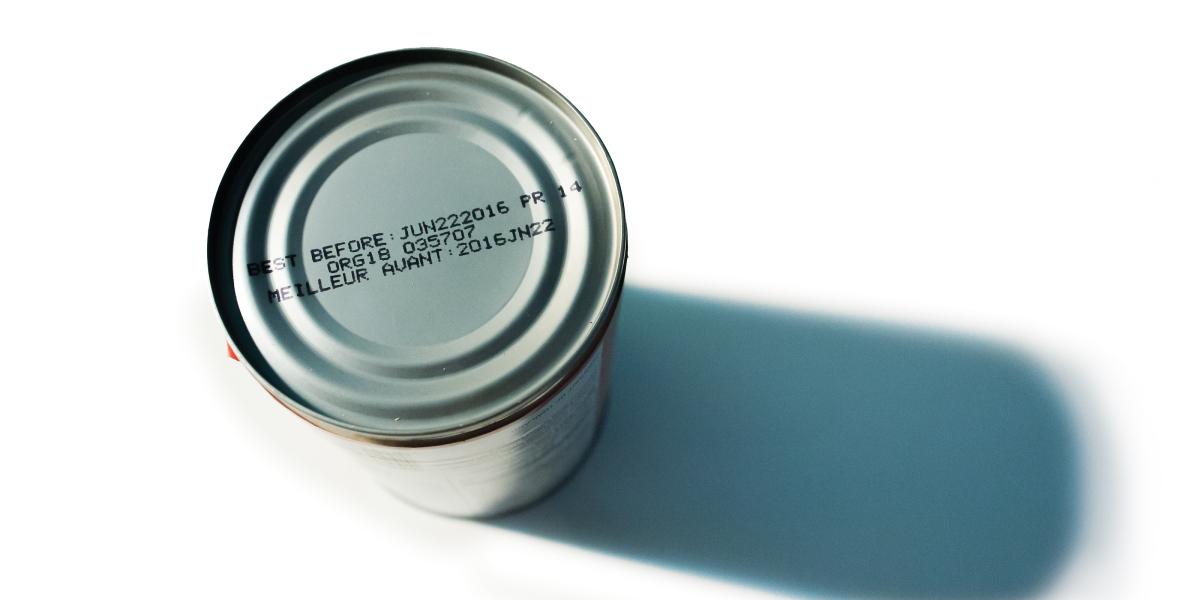Max Fresh
What the heck do “best by” and “sell by” mean?
Those “best by” and “sell by” dates stamped onto supermarket items—they seem like a good idea, right? The problem is, nobody knows what they mean.
“It’s anarchy,” says Roni Neff, PhD ’06, SM, a program director at the Johns Hopkins Center for a Livable Future who is engaged in a number of studies on wasted food. “There’s no logic to the system.”
Without a centralized food label regulation system in the U.S., dates on packages are determined by the whim of manufacturers and retailers.
The broken system has big consequences, says Neff, an assistant professor of Environmental Health Sciences. Up to 40 percent of food produced in the U.S. ends up in landfills. It’s a serious environmental menace: As it rots, it creates methane, a greenhouse gas far more potent than carbon dioxide. Furthermore, much of the food thrown away by retailers is perfectly edible and could be used by hunger-prevention programs to feed food-insecure people.
After date-stamping food took off in the 1970s, food manufacturers and retailers have been erring on the side of caution. Foods like sugar, salt and rice don’t even need “best before” dates, but often have them anyway. For perishable foods, preventing waste could be as simple as revising “use by” to “use or freeze by.”
Neff has collaborated with the Natural Resources Defense Council and the Harvard Food Law program to conduct focus groups to find out which labels would inspire consumers to stay safe andprevent them from throwing away edible food. “Freshest before” and “Expires on” appealed to both consumers and industry.
“I’m excited to see where this momentum takes us,” says Neff, editor of the newly published textbook Introduction to the U.S. Food System: Public Health, Environment, and Equity. “It could be federal policy, or maybe the food industry will collaborate to make positive change.”
